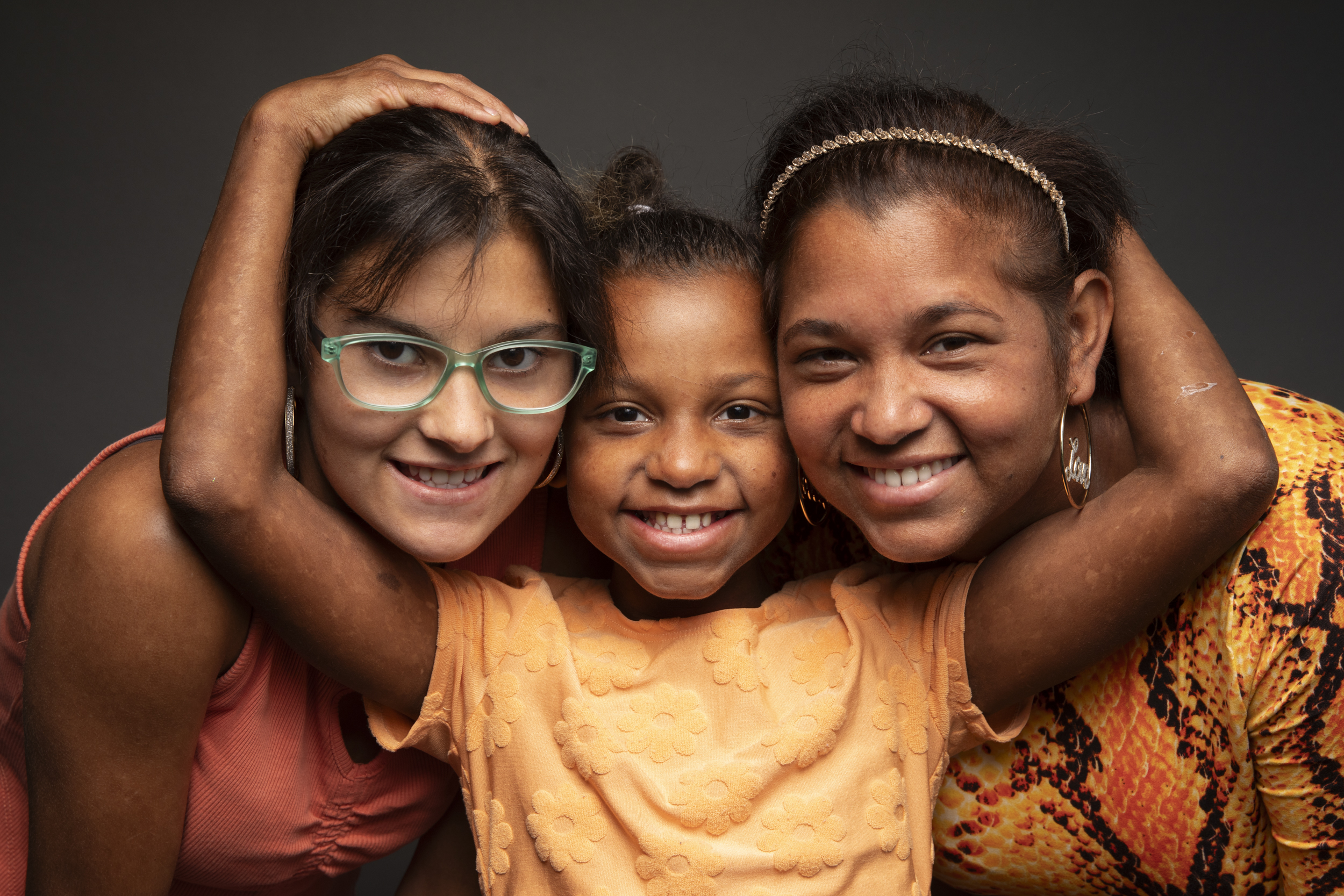
Epidermolysis Bullosa (EB) is typically marked by visible symptoms—including fragile skin, chronic blistering, and impaired wound healing. However, despite these hallmark signs, identifying the exact EB type can be complex.
Different types of EB may present with similar symptoms, especially in infancy, which can sometimes lead to misclassification. An accurate diagnosis is essential for guiding medical care, connecting families with specialized support, and providing a clearer path forward.
Clinical Evaluation
Diagnosis typically begins with a clinical examination and detailed medical history. A healthcare provider will assess the skin for signs like blistering, milia (tiny white bumps), thickened skin on hands or feet (keratoderma), nail loss, oral or eye involvement, and wound healing patterns. The age of onset, severity, and distribution of symptoms can help point toward a specific EB type.
Genetic Testing
Genetic testing is the gold standard for diagnosing all forms of EB. It identifies mutations in genes responsible for the structural proteins of the skin, such as:
- KRT5 or KRT14 in EB Simplex (EBS)
- COL7A1 in Dystrophic EB (DEB)
- LAMA3, LAMB3, or LAMC2 in Junctional EB (JEB)
- PLEC in some EBS subtypes and EB with muscular dystrophy
Genetic testing confirms the diagnosis, determines the EB type and subtype, informs care decisions, and supports family planning. Most typically, a simple cheek swab is used to collect the DNA.
In partnership with Krystal Biotech, Inc. there is currently free genetic testing through Prevention Genetics Lab.
Free Genetic Testing — Learn More
Additional clinical testing options include:
Cincinnati Children’s Genetics & Genomic Diagnostic Laboratory, a comprehensive academic lab offering specialized molecular genetic testing (e.g., exome sequencing, targeted panels, single-gene tests, and deletion/duplication analysis) for constitutional conditions, including EB-related genes.
GeneDx, a leading commercial lab providing thorough EB genetic testing.
Skin Biopsy
In some cases, a skin biopsy may be performed, especially when genetic testing is delayed or results are unclear. Techniques such as immunofluorescence mapping (IFM) or electron microscopy (EM) help pinpoint the level of skin separation and the proteins affected, aiding in the diagnosis of EB type and subtype.
Beutner Laboratories offers specialized biopsy-based diagnostic testing for hereditary epidermolysis bullosa, using advanced immunofluorescence techniques to assess protein expression and guide diagnosis
Importance of Early Diagnosis
Early diagnosis is vital. It allows for prompt wound care planning, nutritional and feeding support, pain and infection management, and access to specialist care. It also helps families understand the expected course of the condition and connect with resources for emotional and practical support.



